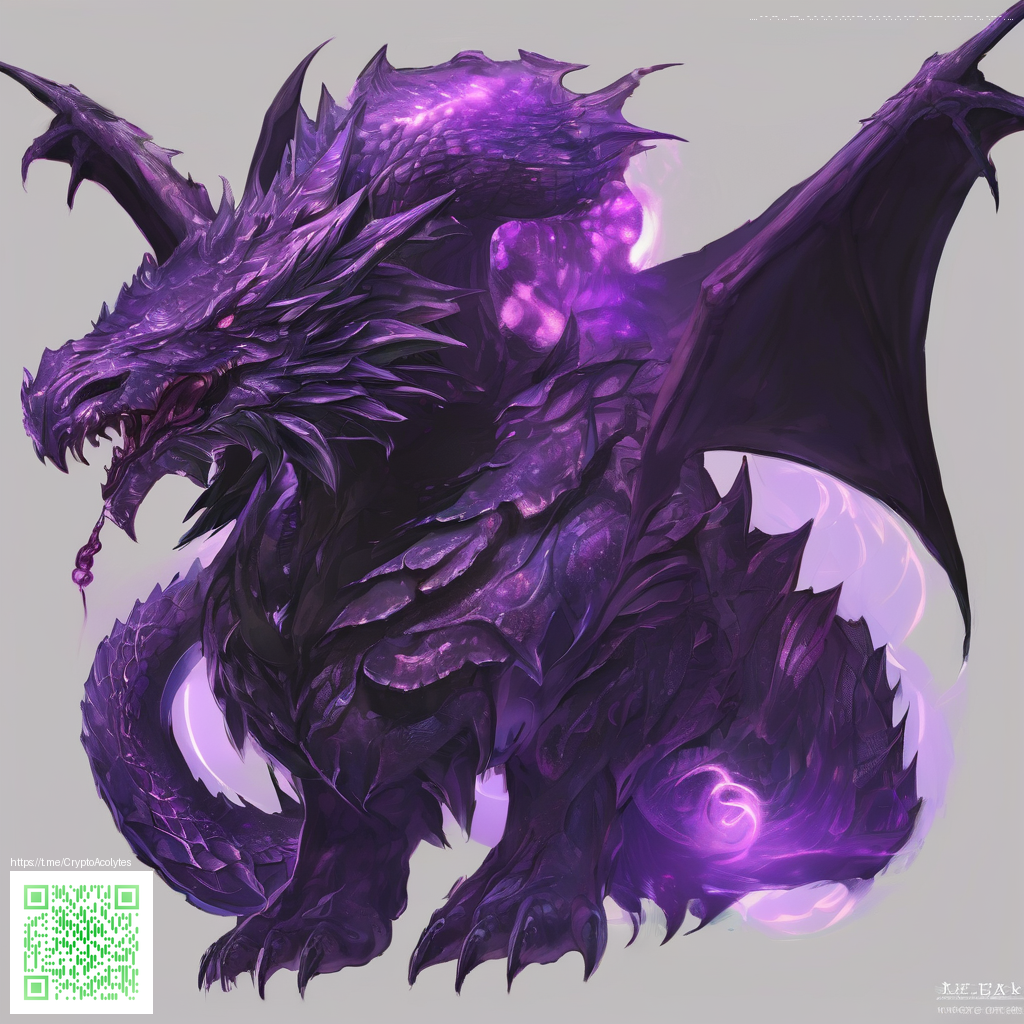
Orange Terracotta Lighting Tricks in Minecraft 1.20
Color and light come together in every build, and the warm hue of orange terracotta makes a striking canvas for clever lighting ideas. In the 1.20 era players are mixing block palettes with light revealing depth and mood. This guide explores practical ways to use orange terracotta as a lighting partner rather than a plain surface. Expect accessible tricks you can try in survival or creative mode, plus tips for clean aesthetics and efficient builds 🧱💎.
Understanding the block in the lighting equation
Orange terracotta is a solid, opaque block with no light emission. Its filterLight value means it blocks skylight completely, which shapes how rooms feel when night falls or when you place blocks in shaded corners. Knowing these properties helps you plan where to hide light sources and how to frame them with color. The result is a warm glow that feels integrated rather than slapped on as an afterthought ⚙️.
Core strategies for lighting with orange terracotta
Strategy one centers on building a decorative shell and placing hidden light sources behind it. Use the terracotta as an outer layer for texture and contrast, then tuck glow blocks or lanterns in recessed pockets inside the wall behind the terracotta. Because the terracotta blocks block light, you want the light to escape through intentional gaps or transparent inserts such as glass panes or stairs. The glow will bounce off nearby surfaces creating a subtle amber ambiance rather than a harsh glare.
Strategy two leverages color to manipulate perception. Orange terracotta pairs well with warm light hues like honey glowstone or torch light, creating an inviting mood. If you place a thin row of glass or stained glass with an orange tint behind the terracotta, you can achieve a gentle color shift while keeping the surface visually consistent from the outside. This technique helps create cozy hallways or study alcoves that feel rich and intentional 🪵.
Strategy three uses architectural rhythm to guide light. Break long walls with recessed segments and alternate orange terracotta blocks with lighter or darker accents. Place lighting fixtures within the recesses so the light spills softly onto the terracotta surface, casting gentle gradients across the block face. When observers move along the corridor, the lighting reads as a designed feature rather than a random glow.
Step by step build plan
- Sketch a simple wall layout that includes alternating orange terracotta and glass panels for visual texture and light pockets
- Choose a discreet lighting source such as glowstone tucked behind a glass pane or a chain of lanterns hidden in a ceiling alcove
- Create a shallow recess behind the terracotta where light sources can sit while the surface remains flush with the exterior
- Test the lighting at night and adjust the gaps between blocks to soften or sharpen the glow
- Finish with subtle decorative elements like banners or plants to frame the glow and emphasize the color palette
For builders who enjoy a technical edge, try a data pack or mod that allows for more flexible light placement. The core idea remains the same: use orange terracotta as a deliberate boundary that shapes how light reveals texture and depth in your space. The 1.20 landscape encourages bold palettes and clever hiding spots for lighting, so don’t be afraid to experiment with unusual shapes and angles 🧭.
Tips for practical survival builds
- Keep your light sources off the main exterior surfaces by placing them in hidden pockets behind the orange terracotta to maintain a clean facade
- Use slabs or stairs to create narrow channels that let light escape in controlled directions rather than flooding the room
- Pair orange terracotta with softer materials such as spruce wood or white concrete to balance warmth with brightness
- Always test lighting with both day and night cycles to ensure the glow reads well from multiple viewing angles
Whether you are designing a harbor warehouse or a cozy study, orange terracotta offers a rich color base that can highlight lighting in purposeful ways. The approach is not about overpowering brightness but about crafting mood and structure through thoughtful placement. In 1.20 builds, where color and texture are celebrated, lighting tricks that use solid blocks become a creative statement rather than a workaround 🧱.
Combining aesthetics with practicality is where Minecraft shines. This block's compact footprint makes it easy to repeat patterns and build larger scenes without losing visual coherence. With a little patience and a few hidden glow sources behind an orange shell, your builds gain warmth and depth that players notice from across the room 🌲.
If you are curious about the broader craft and the people behind it, you can explore related discussions and projects through a network that shares construction ideas, artful builds, and modular workflows. The community thrives on curiosity and collaboration, and this orange terracotta lighting approach fits right in with practical, well designed spaces.
Do you want to support open Minecraft projects that foster creativity and collaboration
Support Our Minecraft Projects